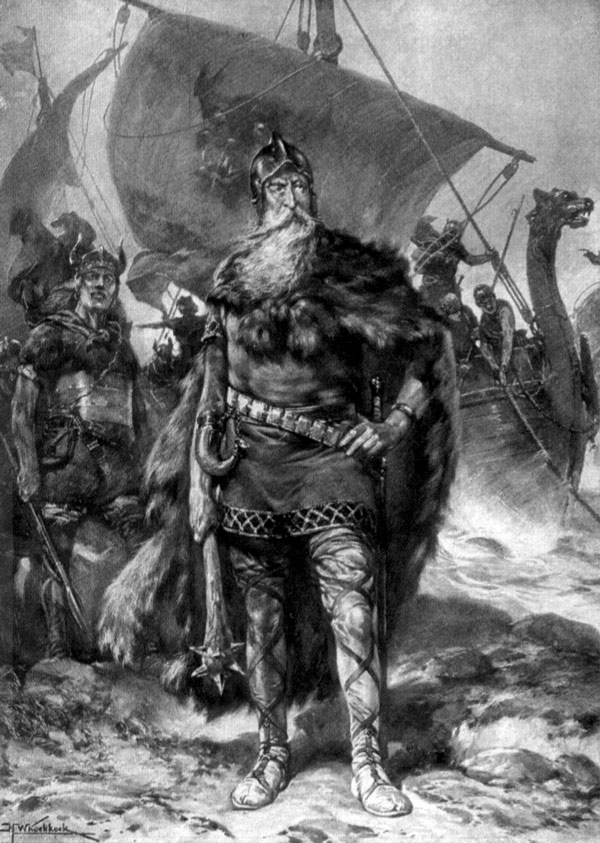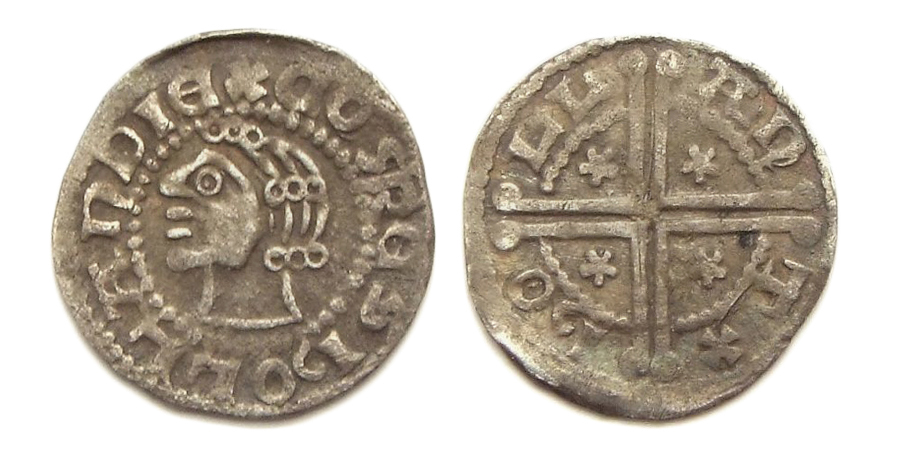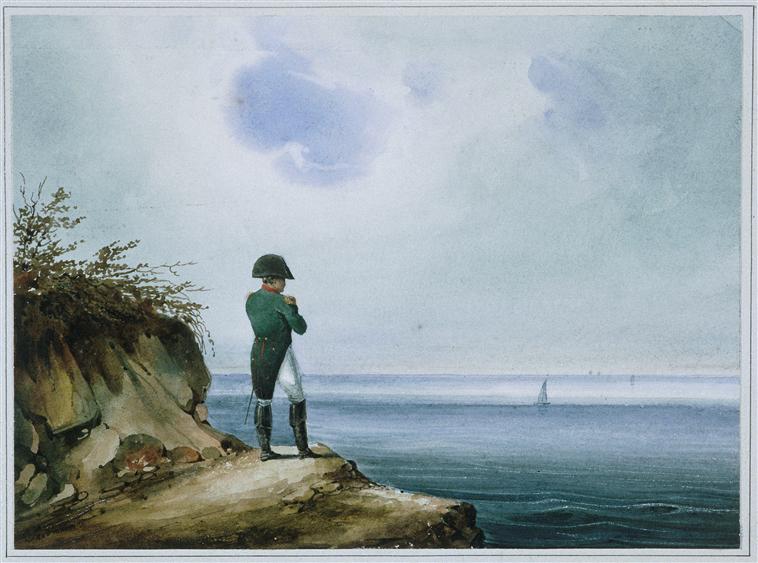|
Herman VI Van Woerden
Herman VI van Woerden ( – after 1303) was a lord of Woerden. He was the son of Herman V van Woerden and Badeloch Clemeta van Amstel, daughter of Gijsbrecht III van Amstel. It is assumed he became ruler of Woerden after 1252, the last year that his father was mentioned. He pledged his loyalty to the bishop of Utrecht as his father had done before him, but he nonetheless desired to expand his territory. In the 1280s, the lands between the County of Holland and the Bishopric of Utrecht were sold to Floris V, Count of Holland. These lands included Woerden, which made Van Woerden a vassal of the Count of Holland. Van Woerden was not happy with this, and several conflicts followed. In 1288, the Count of Holland and Van Woerden reconciled. Van Woerden took part in the conspiracy to kidnap Floris V, Count of Holland. Together with Gerard van Velzen and Gijsbrecht IV of Amstel he imprisoned the count in the Muiderslot Muiden Castle (Dutch: ''Muiderslot'', ) is a cast ... [...More Info...] [...Related Items...] OR: [Wikipedia] [Google] [Baidu] |
Woerden
Woerden () is a city and a municipality in central Netherlands. Due to its central location between Amsterdam, Rotterdam, The Hague, and Utrecht, and the fact that it has rail and road connections to those cities, it is a popular town for commuters who work in those cities. History The river Oude Rijn used to flow through the city center of Woerden, but in 1960 the old river was diverted around the city center. The city has a long and rich history in cheese making and trading; for years Gouda cheese for domestic and international use has been produced in this region. Woerden still holds its authentic (since 1885) cheese market at the market place in its center. Roman castellum Woerden is situated on the river Oude Rijn, near the confluence with the former stream. The lower stretch of the Linschoten stream from Montfoort and Linschoten to Woerden silted up a long time ago and its flow was diverted through the Lek and Hollandse IJssel rivers, but at one time it was an im ... [...More Info...] [...Related Items...] OR: [Wikipedia] [Google] [Baidu] |
Archdiocese Of Utrecht (695–1580) (1723 – present), the current archdiocese within the Old Catholic Church of the Netherlands
{{disambig ...
Archdiocese of Utrecht or Diocese of Utrecht may refer to: * Diocese of Utrecht (695–1580), the historic diocese and after 1559 archdiocese before and during the Protestant Reformation :* Prince-Bishopric of Utrecht (1024–1528), the temporal jurisdiction of the bishops * Roman Catholic Archdiocese of Utrecht (1853 – present), the current archdiocese in the Netherlands within the Catholic Church * Old Catholic Archdiocese of Utrecht The Old Catholic Archdiocese of Utrecht is an archdiocese within the Old Catholic Church of the Netherlands which split from the Archdiocese of Utrecht officially in 1723 because of the illicit consecration of Cornelius van Steenoven to the ep ... [...More Info...] [...Related Items...] OR: [Wikipedia] [Google] [Baidu] |
County Of Holland
The County of Holland was a State of the Holy Roman Empire and from 1433 part of the Burgundian Netherlands, from 1482 part of the Habsburg Netherlands and from 1581 onward the leading province of the Dutch Republic, of which it remained a part until the Batavian Revolution in 1795. The territory of the County of Holland corresponds roughly with the current provinces of North Holland and South Holland in the Netherlands. Etymology The oldest sources refer to the not clearly defined county as ''Frisia'', west of the Vlie (also known as West Frisia). Before 1101, sources talk about Frisian counts, but in this year Floris II, Count of Holland is mentioned as ''Florentius comes de Hollant'' (Floris, Count of Holland). Holland is probably from the Old Dutch , literally "wood land". The counts of Holland generally kept to this single title until 1291, when Floris V, Count of Holland decided to call himself ''Count of Holland and Zeeland, lord of Friesland''. This title was also used ... [...More Info...] [...Related Items...] OR: [Wikipedia] [Google] [Baidu] |
Bishopric Of Utrecht
The Bishopric of Utrecht ( nl, Sticht Utrecht) was an ecclesiastical principality of the Holy Roman Empire in the Low Countries, in the present-day Netherlands. From 1024 to 1528, as one of the prince-bishoprics of the Holy Roman Empire, it was ruled by the bishops of Utrecht. The Prince-Bishopric of Utrecht must not be confused with the Diocese of Utrecht, which extended beyond the Prince-Bishopric and over which the bishop exercised spiritual authority. In 1528, Charles V, secularized the Prince-Bishopric, depriving the bishop of its secular authority. History Foundation The Diocese of Utrecht was established in 695 when Saint Willibrord was consecrated bishop of the Frisians at Rome by Pope Sergius I. With the consent of the Frankish ruler, Pippin of Herstal, he settled in an old Roman fort in Utrecht. After Willibrord's death the diocese suffered greatly from the incursions of the Frisians, and later on of the Vikings. Whether Willibrord could be called the first ... [...More Info...] [...Related Items...] OR: [Wikipedia] [Google] [Baidu] |
Floris V, Count Of Holland
Floris V (24 June 1254 – 27 June 1296) reigned as Count of Holland and Zeeland from 1256 until 1296. His life was documented in detail in the Rijmkroniek by Melis Stoke, his chronicler. He is credited with a mostly peaceful reign, modernizing administration, policies beneficial to trade, generally acting in the interests of his peasants at the expense of nobility, and reclaiming land from the sea. His dramatic murder, engineered by King Edward I of England and Guy, Count of Flanders, made him a hero in Holland. Early life Floris was the son of Count William II (1227–1256) and Elisabeth of Brunswick-Lüneburg.M. A. Pollock, Scotland, ''England and France After the Loss of Normandy, 1204-1296'', (The Boydell Press, 2015), xv. His father was slain in 1256 by Frisians when Floris was just two years old. Custody over Floris fell first to his uncle (Floris de Voogd from 1256 to 1258), then to his aunt ( Adelaide of Holland from 1258 to 1263). The fight over custody of Hol ... [...More Info...] [...Related Items...] OR: [Wikipedia] [Google] [Baidu] |
Gerard Van Velsen
Gerard de van Velzen (died 1296) was lord of Beverwijk, Noordwijk, and Velsen. He was the son of Albrecht van Velsen and Hildegonde. He was married to Machteld van Woerden, a sister of Herman VI van Woerden. In 1275, Van Velzen was named schout of Wijk aan Zee. In 1296, Van Velzen conspired with Herman VI van Woerden, Gijsbrecht IV of Amstel, Jan van Kuyk, and Arnold van Benschop to kidnap Floris V, Count of Holland to bring him to trial from the king in Europe. Eventually, together with Van Woerden and Van Amstel, they imprisoned the count in the Muiderslot. After Floris V attempted to escape he accidentally killed the count, stabbing him 20 times. Afterwards he fled to castle Kronenburg near Loenen aan de Vecht. A few days later, he was arrested and brought to Leiden Leiden (; in English and archaic Dutch also Leyden) is a city and municipality in the province of South Holland, Netherlands. The municipality of Leiden has a population of 119,713, but the city forms ... [...More Info...] [...Related Items...] OR: [Wikipedia] [Google] [Baidu] |
Gijsbrecht IV Of Amstel
Gijsbrecht IV of Amstel or Gijsbrecht IV van Amstel ( – ) was a powerful lord in the medieval County of Holland and a member of the Van Aemstel family. His territory was Amstelland, and his son was . Life His family probably originated from Ouderkerk aan de Amstel, now in the province of North Holland, deriving their name from their castle on the River Amstel, and tried to create an independent principality between Utrecht and Holland. To this end Gijsbrecht IV—along with the other powerful lords Zweder of Abcoude, Arnoud of Amstel, and Herman VI of Woerden—instigated a revolt against Floris V, Count of Holland, and John I, Bishop-Elect of Utrecht. They held lands on the border with the adjacent Bishopric of Utrecht—the area of Amsterdam, Abcoude, IJsselstein, and Woerden—at the expense of the bishop, and were backed by the craftsmen of Utrecht, the peasants of Kennemerland— Alkmaar and surroundings—Waterland, and Amstelland and the West Frisians. However ... [...More Info...] [...Related Items...] OR: [Wikipedia] [Google] [Baidu] |
Muiderslot
Muiden Castle (Dutch: ''Muiderslot'', ) is a castle in the Netherlands, located at the mouth of the Vecht river, some 15 kilometers southeast of Amsterdam, in Muiden, where it flows into what used to be the Zuiderzee. It is one of the better known castles in the Netherlands and featured in many television shows set in the Middle Ages. History Floris V The history of Muiden Castle begins with Count Floris V who built a stone castle at the mouth of the river in 1280, when he gained command over an area that used to be part of the See of Utrecht.A.T.E. Cruysheer, ''Het Muiderslot; een archeologische begeleiding en een historische interpretatie, Jaarboek 2005 van de Archeologische afdeling Naerdincklant'', pp. 48-55 The Vecht river was the trade route to Utrecht, one of the most important trade towns of that age. The castle was used to enforce a toll on the traders. It is a relatively small castle, measuring 32 by 35 metres with brick walls well over 1.5 metres thick. A large moat s ... [...More Info...] [...Related Items...] OR: [Wikipedia] [Google] [Baidu] |
Falconry
Falconry is the hunting of wild animals in their natural state and habitat by means of a trained bird of prey. Small animals are hunted; squirrels and rabbits often fall prey to these birds. Two traditional terms are used to describe a person involved in falconry: a "falconer" flies a falcon; an "austringer" (Old French origin) flies a hawk (''Accipiter'', some buteos and similar) or an eagle ('' Aquila'' or similar). In modern falconry, the red-tailed hawk (''Buteo jamaicensis''), Harris's hawk (''Parabuteo unicinctus''), and the peregrine falcon (''Falco perigrinus'') are some of the more commonly used birds of prey. The practice of hunting with a conditioned falconry bird is also called "hawking" or "gamehawking", although the words hawking and hawker have become used so much to refer to petty traveling traders, that the terms "falconer" and "falconry" now apply to most use of trained birds of prey to catch game. Many contemporary practitioners still use these words in the ... [...More Info...] [...Related Items...] OR: [Wikipedia] [Google] [Baidu] |
Exile
Exile is primarily penal expulsion from one's native country, and secondarily expatriation or prolonged absence from one's homeland under either the compulsion of circumstance or the rigors of some high purpose. Usually persons and peoples suffer exile, but sometimes social entities like institutions (e.g. the papacy or a government) are forced from their homeland. In Roman law, ''exsilium'' denoted both voluntary exile and banishment as a capital punishment alternative to death. Deportation was forced exile, and entailed the lifelong loss of citizenship and property. Relegation was a milder form of deportation, which preserved the subject's citizenship and property. The term diaspora describes group exile, both voluntary and forced. "Government in exile" describes a government of a country that has relocated and argues its legitimacy from outside that country. Voluntary exile is often depicted as a form of protest by the person who claims it, to avoid persecution and prosecu ... [...More Info...] [...Related Items...] OR: [Wikipedia] [Google] [Baidu] |
13th-century Criminals
The 13th century was the century which lasted from January 1, 1201 ( MCCI) through December 31, 1300 ( MCCC) in accordance with the Julian calendar. The Mongol Empire was founded by Genghis Khan, which stretched from Eastern Asia to Eastern Europe. The conquests of Hulagu Khan and other Mongol invasions changed the course of the Muslim world, most notably the Siege of Baghdad (1258), the destruction of the House of Wisdom and the weakening of the Mamluks and Rums which, according to historians, caused the decline of the Islamic Golden Age. Other Muslim powers such as the Mali Empire and Delhi Sultanate conquered large parts of West Africa and the Indian subcontinent, while Buddhism witnessed a decline through the conquest led by Bakhtiyar Khilji. The Southern Song dynasty would begin the century as a prosperous kingdom but would eventually be invaded and annexed into the Yuan dynasty of the Mongols. The Kamakura Shogunate of Japan would be invaded by the Mongols. Goryeo resisted ... [...More Info...] [...Related Items...] OR: [Wikipedia] [Google] [Baidu] |
1240s Births
1 (one, unit, unity) is a number representing a single or the only entity. 1 is also a numerical digit and represents a single unit of counting or measurement. For example, a line segment of ''unit length'' is a line segment of length 1. In conventions of sign where zero is considered neither positive nor negative, 1 is the first and smallest positive integer. It is also sometimes considered the first of the infinite sequence of natural numbers, followed by 2, although by other definitions 1 is the second natural number, following 0. The fundamental mathematical property of 1 is to be a multiplicative identity, meaning that any number multiplied by 1 equals the same number. Most if not all properties of 1 can be deduced from this. In advanced mathematics, a multiplicative identity is often denoted 1, even if it is not a number. 1 is by convention not considered a prime number; this was not universally accepted until the mid-20th century. Additionally, 1 is the s ... [...More Info...] [...Related Items...] OR: [Wikipedia] [Google] [Baidu] |







